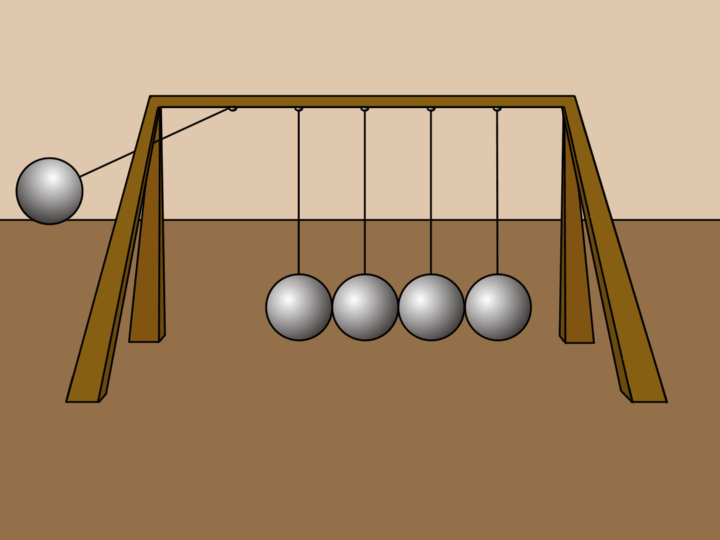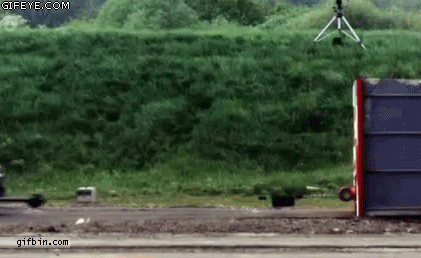

NEWTON'S THREE LAWS OF MOTION
Issac Newton changed our understanding about the world around us by enumerate his Three Laws of Motion.
The first law stated that every object in a state of uniform motion tends to remain in that state of motion unless an external for is applied. This law and Galileo's concept of inertia is quite similar. Some people also viewed this law as the Law of Inertia.
The second law is simply F = ma. Acceleration (a) is produced when a force (F) act on any objects that possess mass (m). Translated into easier language, the heavier the object is, the more force you would have used in order to put the object into motion to move the same distance, compared to lighter materials.
WHAT DO ACCELERATION DEPEND ON?


Net force is the total amount of forces acting on something. In order to show the overall force impacted on a particular object, scientists used the net force diagram. Consequently, the acceleration, or the change in motion of an object is heavily depend on the the sum of all the force which the object is affected by and the mass of the object. For easier understanding, let's use this graph in a real-life example. Let's say that you are kicking a ball for whatever reason. The applied force you kicked the ball is about 11 Newton. Meanwhile, the force that work against your applied force, friction contain 3 Newton. Accordingly, the net force that you executed is 8 Newton overall. This prove that the acceleration of an object's motion depends on the sum of the force. Always recall Newton's third law, as there will often be a opposing force for any of the forces.

The third and last law that Newton came up with is for every action, there is an equal and opposite reaction. This laws is so short in contents that it deserve more explanations, right? Well, here is an example. Minh just bought a brand-new Ferrari and wanted to know how would his car, which weigh 80kg, look like if he drive with the velocity of 20m/s on the street. With the knowledge of momentum, we calculated 20 x 80 = 1600 kg.m/s. However, Minh was illegally driving without license, therefore, he carelessly bumped into a wall. Thus, the wall exerted back the same total force onto Minh's precious vehicle, according to Newton third law. At the end, he lost his $5 million car :-)


With the already mentioned, let's compared kicking a 1kg soccer ball to a 2kg soccer ball. According to the diagram above, you need 8 Newton to make the 1kg soccer ball moved at 8m/s. Meanwhile, in order to put the 2kg soccer ball in motion with same acceleration with the 1 kg soccer ball, you will need to spent 8 more Newton so the ball could obtain the similar change in motion with the 1kg soccer ball. All in all, another factors that affect the object's acceleration is its mass. Therefore, we could conclude that acceleration will: 1) increase with increased force & 2) decrease with increased mass
